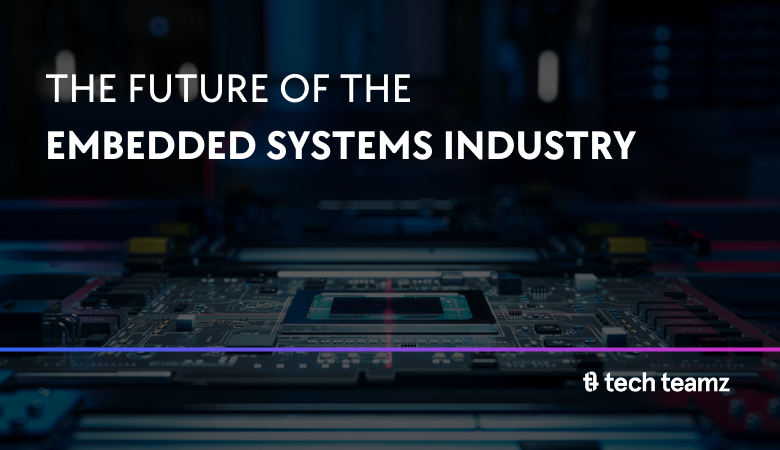The embedded systems sector has experienced incredible growth in the last few years. It is projected to reach $161 billion by 2030 after rising to $100 billion in 2023. Companies know how important this is for the future of the tech industry.
Diego Poderoso, embedded engineer, explained the differences between OEM and ODM systems, which are two ways in which companies manufacture their products.
Essentially, ODM companies are responsible for both the manufacturing and the design of products, while OEM companies prefer to collaborate with a manufacturer that designs and makes the product based on their requirements.
Why is this important for companies dedicated to technology?
Simply put, they have to adapt these dynamics to their resources, their area, and the amount of involvement they want to have in the manufacturing process. Most companies have more than one project and the needs might change between these. Occasionally, it’s even required to reach a mix between the two dynamics to make a project work.
Let’s explore the key differences between these approaches, and why some companies prefer one over the other.
Smartphone To Satellite: The Future of Communication
The challenges in OEM and ODM
If your company is launching its first product in the market, or if you’re making a low-end device, you might find that an ODM approach is easiest for your company. Mostly, because it would allow you to bring products to market a lot faster.
Even so, it’s key to consider that you’d have almost no control over the specifications of the product, only of its distribution and branding. This can lead to issues with intellectual property (IP) and customization constraints.
It’s difficult to manage the design while protecting IP, especially if said design doing well in the market. The most important part of this approach is finding the balance between a marketable, cost-effective product, innovation, and client satisfaction.
Contrastingly, companies with more experience in the industry might pick an OEM approach. Experienced companies have a clearer understanding of their market and customer needs.
They tend to pick OEM if they don’t own factories for key components in their devices or even the entire product. In this case, the companies must find a solution to delays and problems with management costs, supply chain logistics, and even client dependency.
One of the most common requirements for OEM companies is the pressure to reduce costs while keeping the quality intact, while also delivering the products on time. As with ODM approaches, finding a balance is crucial to succeed.
Diego Poderoso has given a powerful insight into this aspect of the technological industry, and it’s worth giving it a watch. Check it out here:
The future of embedded systems
As technology evolves, companies such as Robert Bosch and Panasonic are making incredible advances in the industry. From AI integration to automobile development to quantum batteries, the possibilities seem endless.
In fact, in the automobile market, the global embedded systems are expected to reach above USD 6.8 billion by 2030 from USD 4.46 billion in 2023. A very promising future for this niche in the industry, and one we’ll be a part of.
For embedded systems, the sky isn’t the limit. Both ODM and OEM approaches are behind some of the greatest discoveries of the last few decades. Innovation is, undoubtedly, happening right before us.




